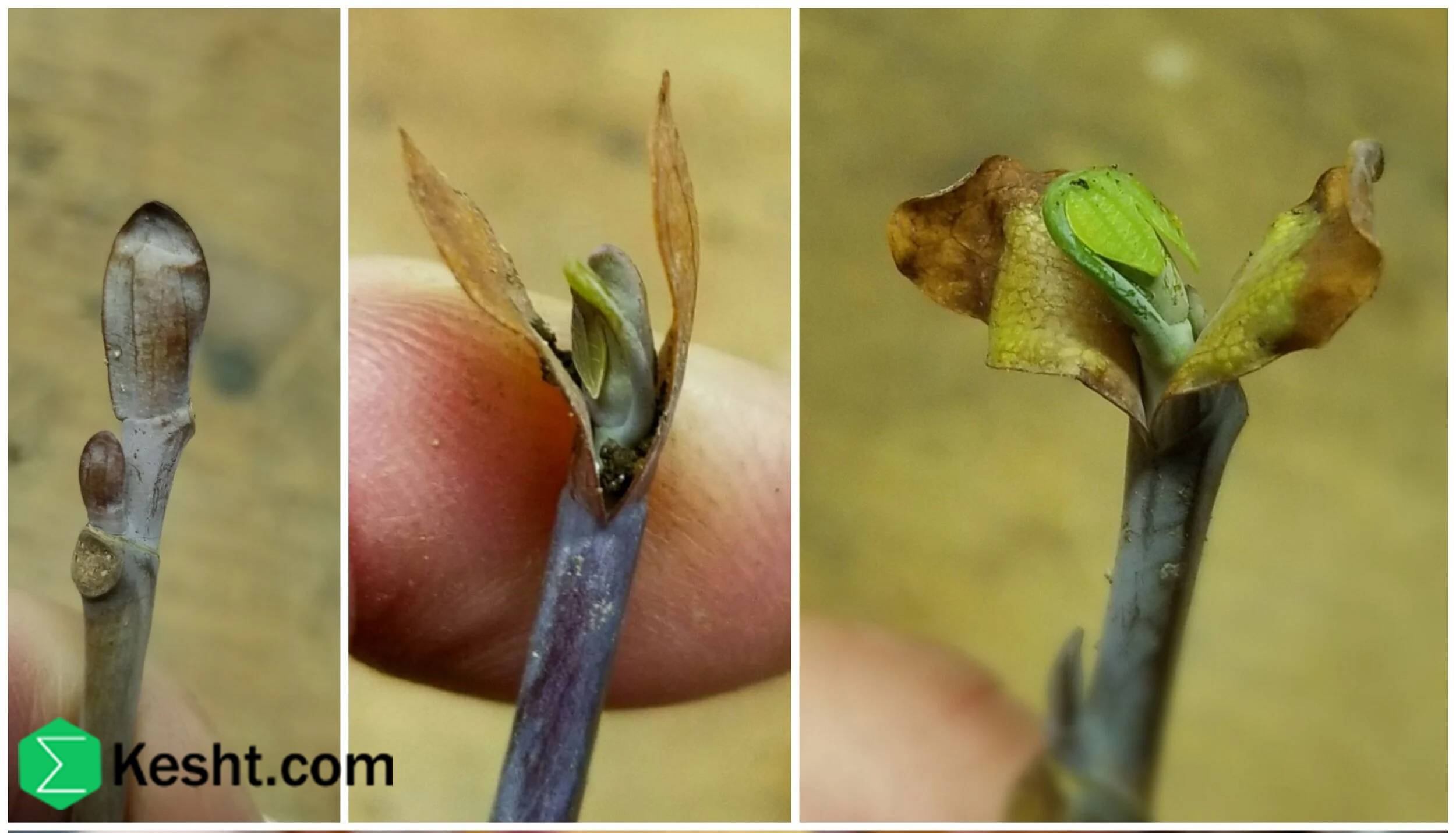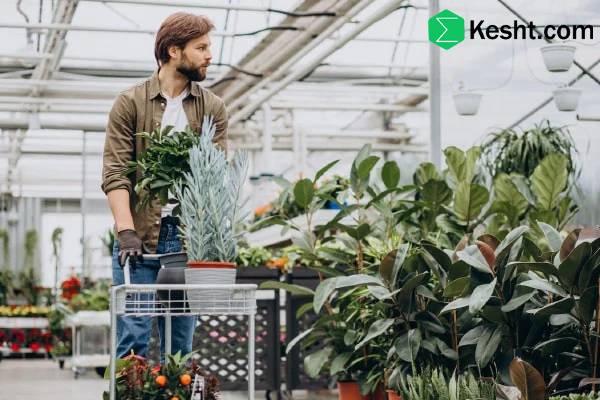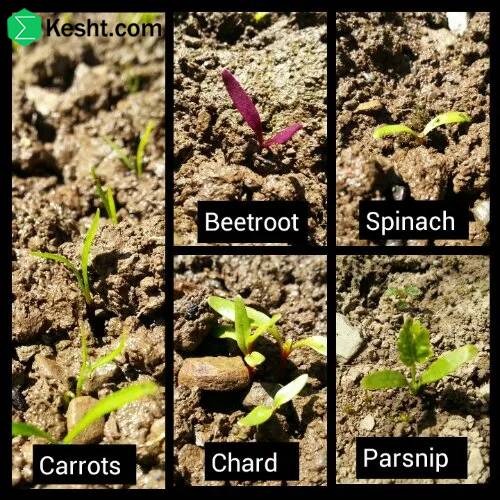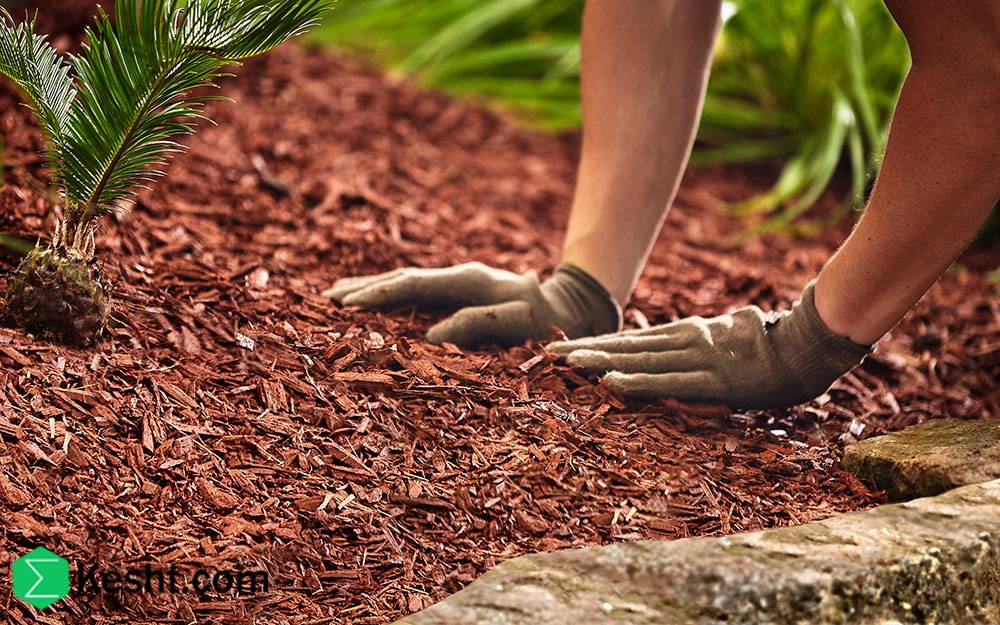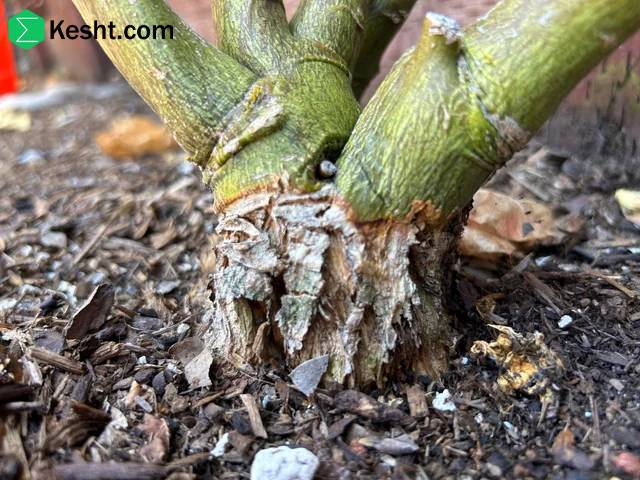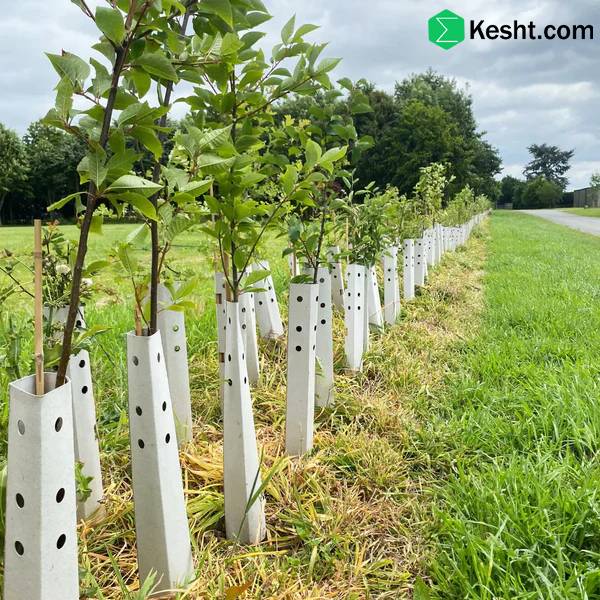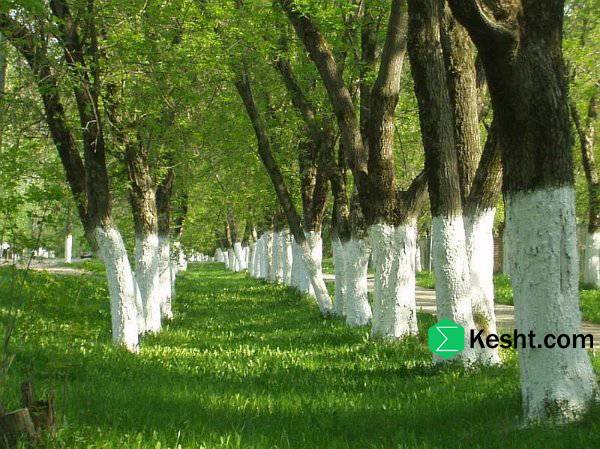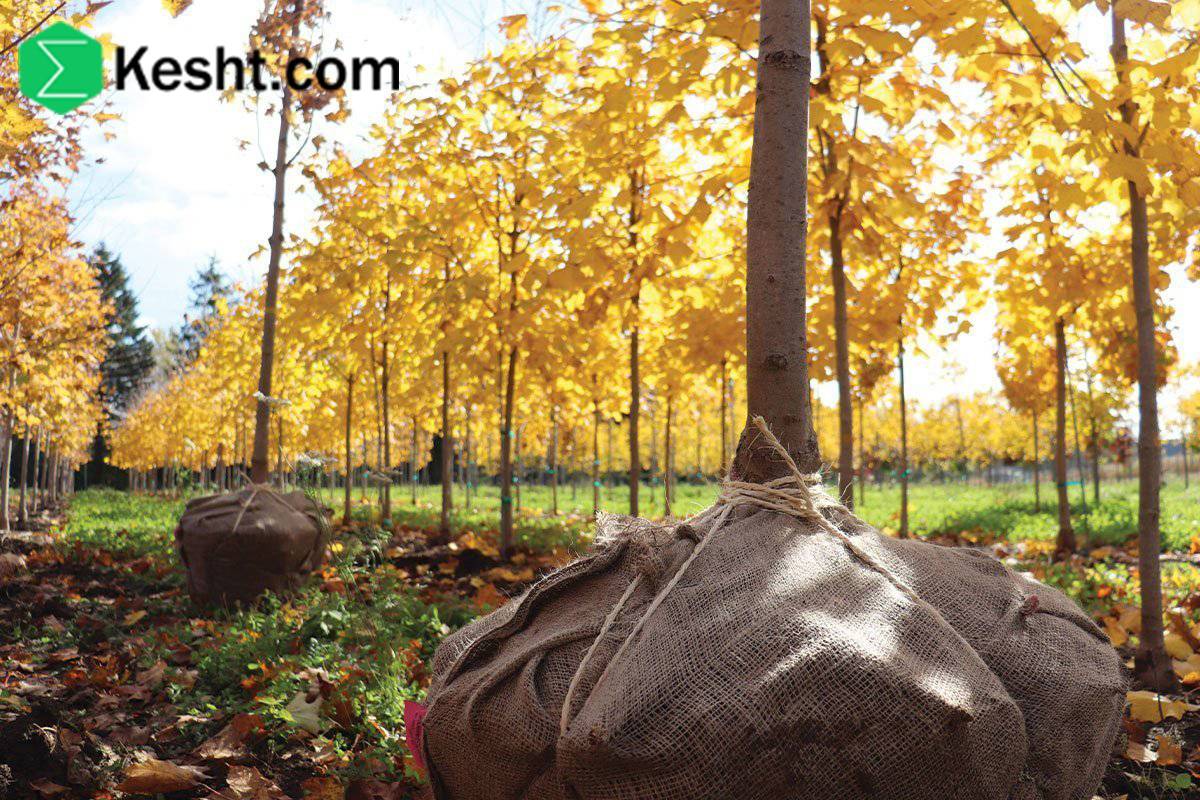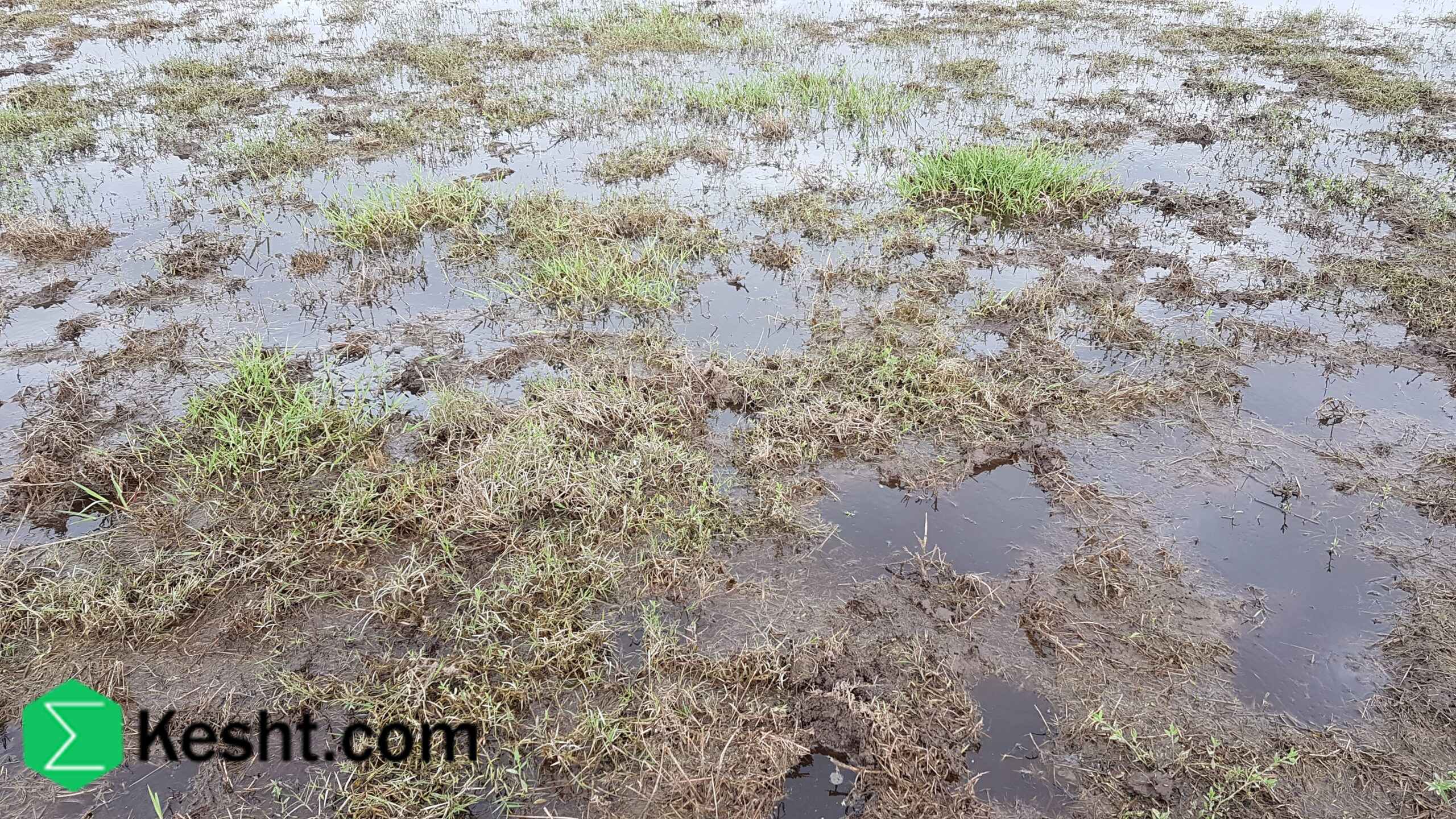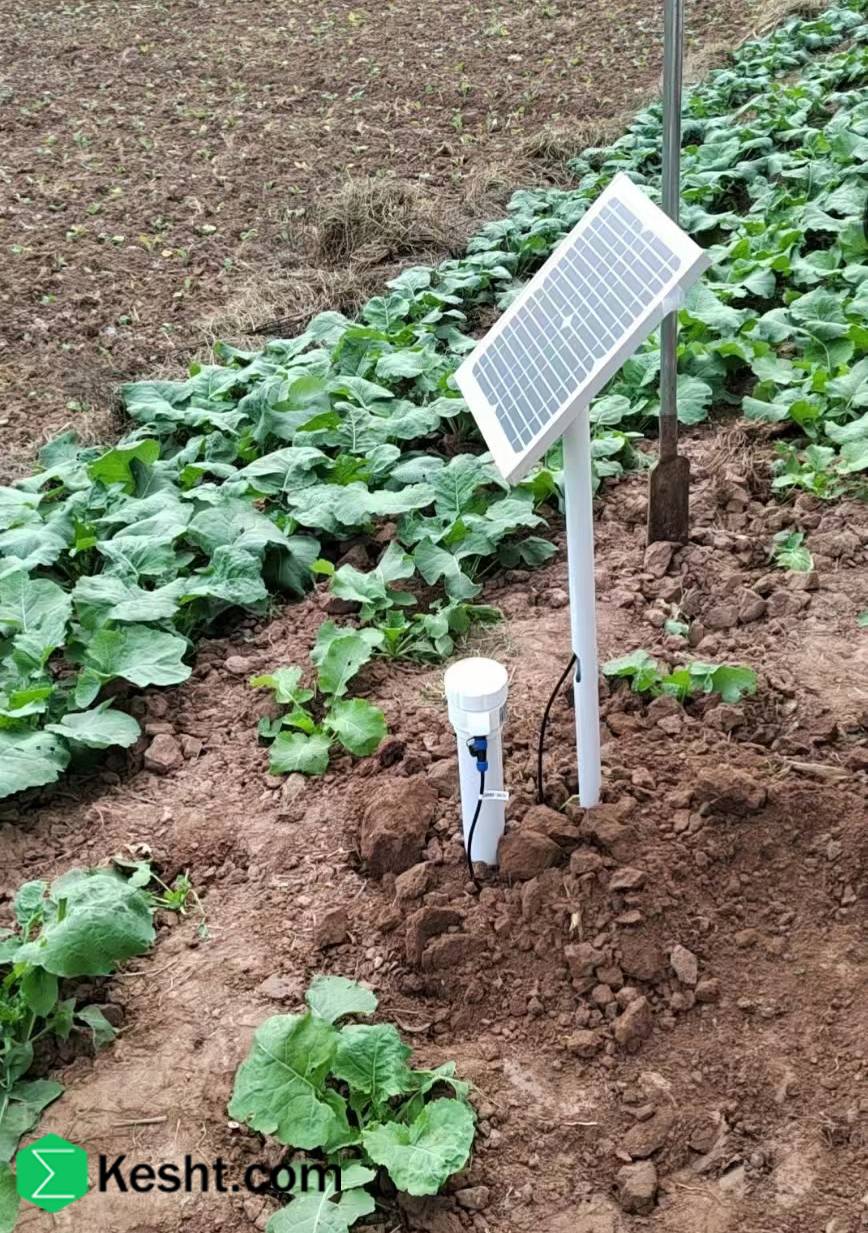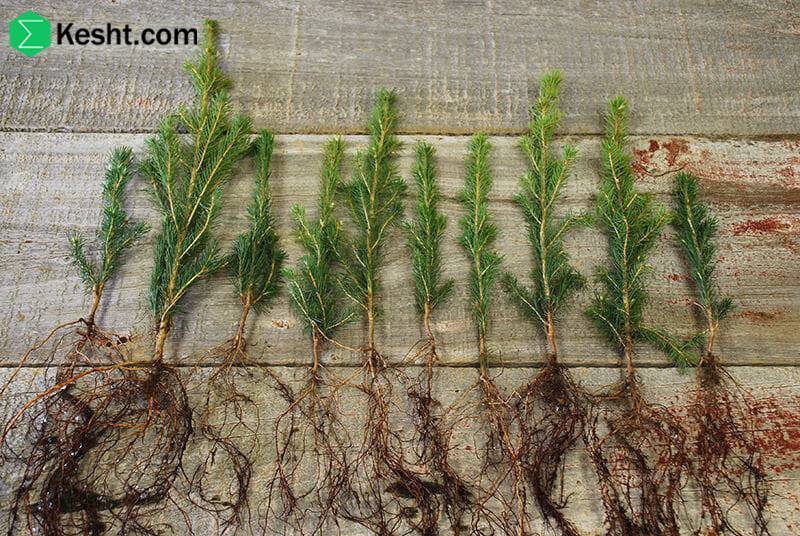Full Dormancy Until Before Bud Swell in Saplings
The phrase “full dormancy until before bud swell” refers to the most critical window for moving and planting bare-root saplings. A solid grasp of this concept is key to successful establishment.
This phrase points to the sapling’s physiological state during winter dormancy. Let’s break it down into three parts:
Full Dormancy
What is it? Full dormancy (the dormant or quiescent period) is a survival mechanism in temperate plants that allows them to withstand winter cold. During this time, metabolic activity and growth are nearly halted.
Visible signs:
- The plant is completely leafless (in deciduous species).
- Buds are very small, firm, and tightly closed.
- No signs of growth or greening are visible anywhere on the sapling.
Why it matters: In this state, the sapling is at its most resilient. With no leaves to transpire, water demand is minimal. Energy is stored as carbohydrates in the roots and woody tissues, ready to fuel new growth in spring.
Bud Swell
What is it? Bud swell is the first sign that the plant is exiting winter dormancy. As temperatures rise and days lengthen, growth hormones activate and sap flow increases toward the buds.
Visible signs:
- Buds begin to enlarge and swell.
- Bud scales start to separate.
- The green tip of leaves or flower parts may become visible.
Why it matters: Bud swell signals that the plant has “woken up” and is on the verge of active growth. At this stage, the plant has a high demand for water and energy to produce new leaves and shoots.
The Golden Window: “From Full Dormancy Until Before Bud Swell
This is the best and most ideal time for any operation involving bare-root saplings (purchase, transport, and planting).
Why this period matters:
1. Minimal transplant shock:
Because the sapling is dormant and leafless, water and nutrient demand is nearly zero. Planting in this state gives roots time to establish and begin repairing and growing before the canopy (shoots and leaves) becomes active.
2. Maximum energy reserves:
The sapling retains the energy stored during the previous growing season in its roots and stem. After planting, this energy is used first to develop the root system. The key principle is: “Roots first, then leaves.”
3. Greater physical resilience:
Plant tissues are firmer and more resistant during dormancy, reducing damage during handling and transplanting.
What happens if you miss this golden window?
Planting bare-root saplings after bud swell or at leaf-out is a major mistake and often leads to failure. Reasons include:
- Root–shoot imbalance: New leaves begin transpiring rapidly and lose water, while freshly planted, injured roots cannot absorb enough to compensate.
- Misallocation of energy: The plant spends valuable reserves on leaf production instead of root development. Roots remain weak and cannot support the plant.
- Severe stress and desiccation risk: This imbalance leads to pronounced wilting, stress, and ultimately the death of the sapling.
Definition of Plant Dormancy
Plant dormancy is a physiological state in which visible growth ceases, even if environmental conditions (temperature, light, moisture) are otherwise suitable. It helps protect the plant from winter cold or unfavorable conditions. In tree saplings, deep dormancy generally lasts from autumn (after leaf fall) until early spring (before bud swell).
Stages of Dormancy in Tree Saplings
[Stage 1] Obligatory dormancy (Endodormancy)
- Begins after leaf fall.
- The plant will not break bud even if conditions seem suitable (e.g., a sudden warm spell).
- Cause: Accumulation of growth inhibitors (such as ABA — abscisic acid) in the buds.
- To exit this stage, the plant must fulfill its chilling requirement — a certain number of hours between 0 and 7°C.
Example: Apple trees require about 800–1,200 hours of winter chill to exit endodormancy.
[Stage 2] Optional dormancy (E co dormancy)
- After chilling requirements are met, the plant is ready to grow but still does not break bud.
- Cause: Environmental conditions (low temperatures, short days) are not yet suitable.
- As temperatures rise and day length increases, buds begin to swell and open.
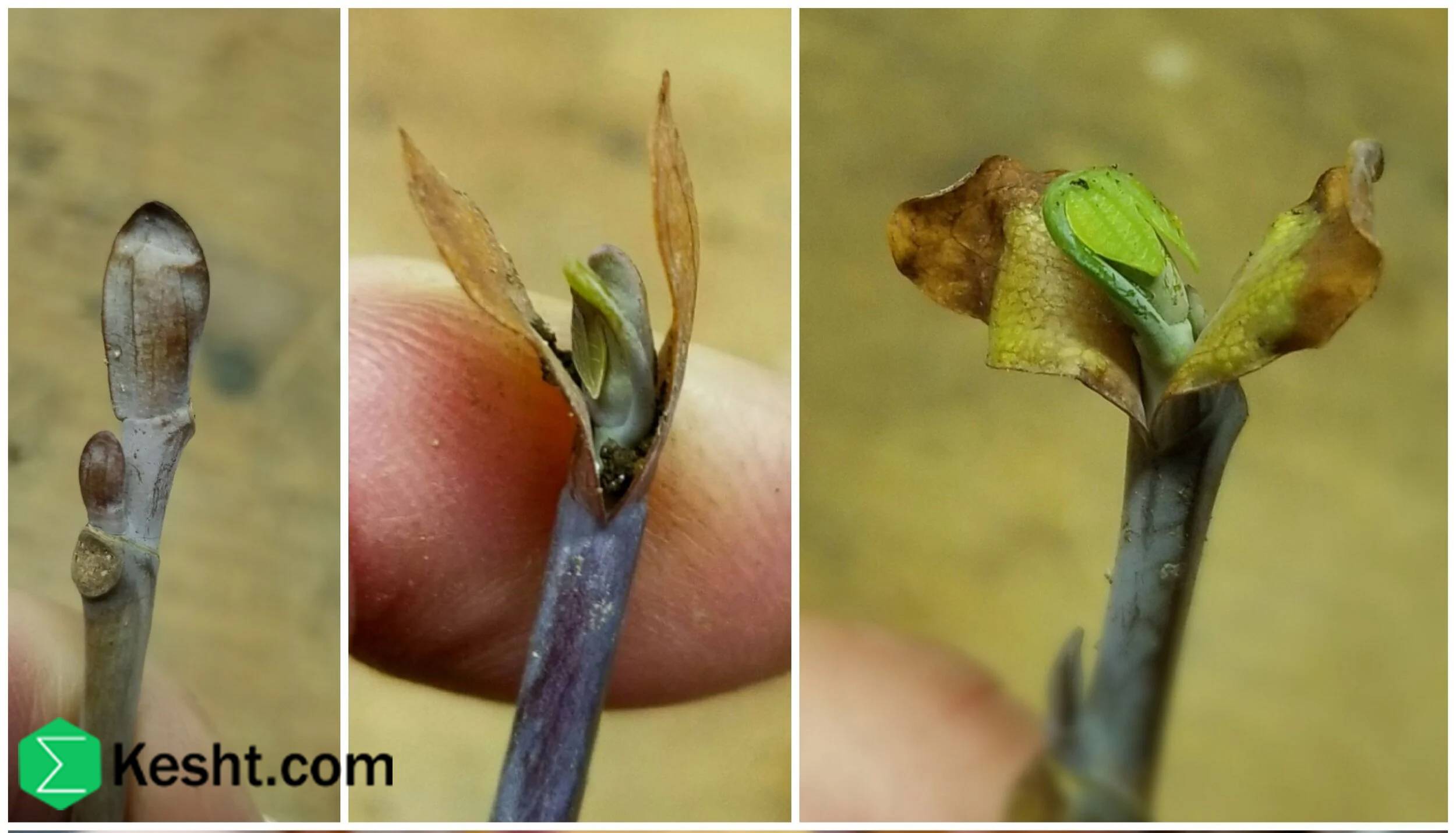
Key point:
“Full dormancy until before bud swell” = the time between the onset of endodormancy and the moment buds begin to swell.
Why Should Bare-Root Planting Be Done During Full Dormancy
Scientific and practical reasons:
Reduced transplant stress
- During dormancy, metabolic activity is low → the sapling consumes less energy and tolerates handling and transplanting better.
Prevention of bud and root desiccation
- If the sapling is breaking bud, roots must supply water and nutrients to shoots.
- In bare-root stock, roots are not yet established in the new soil → inadequate water supply → buds dry out and die.
Better root–soil adaptation
- During dormancy, roots can expand and form fine absorbing rootlets without the competing demand from shoot growth.
Avoiding damage to tender buds
- Swollen or opening buds are very fragile and can be damaged during transport or planting.
Consequences of Planting After Bud Swell
| Consequence | Explanation |
| Sapling death | Roots cannot supply enough water → buds desiccate → the sapling dies. |
| Growth delay | The sapling diverts energy to damage repair → poor first-year growth. |
| Disease susceptibility | Stress from improper planting → higher vulnerability to fungi and bacteria. |
| Frequent, heavy irrigation required | Without an active root system, daily watering may be needed — impractical and costly. |
How to Tell If a Sapling Is Still in Full Dormancy
Signs of full dormancy (before bud swell):
- Buds are firm and tight — pressing lightly with a finger does not deform them.
- Bud color is dark brown or gray (species-dependent) — not green or swollen.
- No green buds or leaves are visible.
- The stem is alive (a light scratch reveals a green or cream layer beneath the bark).
If buds begin to enlarge, soften, or change color (to green or red), dormancy is ending — planting bare-root at this stage is risky.
Planting Schedule Across Regions of Iran
| Region | Suitable time to plant bare-root saplings |
| North (warm regions) | Dey to early Bahman |
| Central and mountainous | Bahman to early Esfand |
| South (warm regions) | Azar to Dey (before warming) |
| Desert and semi-arid | Dey to Bahman (considering the last frost) |
Golden rule:
Plant bare-root saplings at least 4–6 weeks before the typical local budbreak.
Management Options If Planting Is Delayed
If you receive saplings and buds have begun to swell:
[Option 1] Store in a cold room or cool shade house
- Keep at 1–4°C to slow bud development.
[Option 2] Dip roots in a rooting-hormone solution
- e.g., IBA or NAA — to stimulate root growth and help offset stress.
[Option 3] Heel in temporarily in pots or a sand bed
- Until permanent planting is feasible.
[Option 4] Use balled-and-burlapped or container-grown saplings
- If the dormant season has passed, planted stock with soil is preferable.
Scientific Foundations — Why Nature Sets This Timing
- Root–shoot coordination:
Roots must establish in the new soil before buds become active to meet water and nutrient demand.
- Energy conservation:
Plants rely on carbohydrate reserves over winter — if root growth must occur simultaneously with budbreak, reserves are quickly depleted.
- Avoiding spring frosts:
Open buds are vulnerable to late cold snaps — planting during dormancy provides more time for acclimation.
Conclusion
- “Full dormancy until before bud swell” is the safest and most effective time to plant bare-root saplings.
- Planting in this window increases survival rates, reduces stress, and builds a solid foundation for long-term growth.
- Correctly identifying dormancy — by checking bud status — is the key to successful planting.
- If you’re late, use the management options above or switch to container-grown stock.
Final recommendation:
Before buying or planting bare-root saplings, carefully inspect bud status and plan timing according to your local climate. Even a single day’s delay can make the difference between a sapling’s survival and failure.
